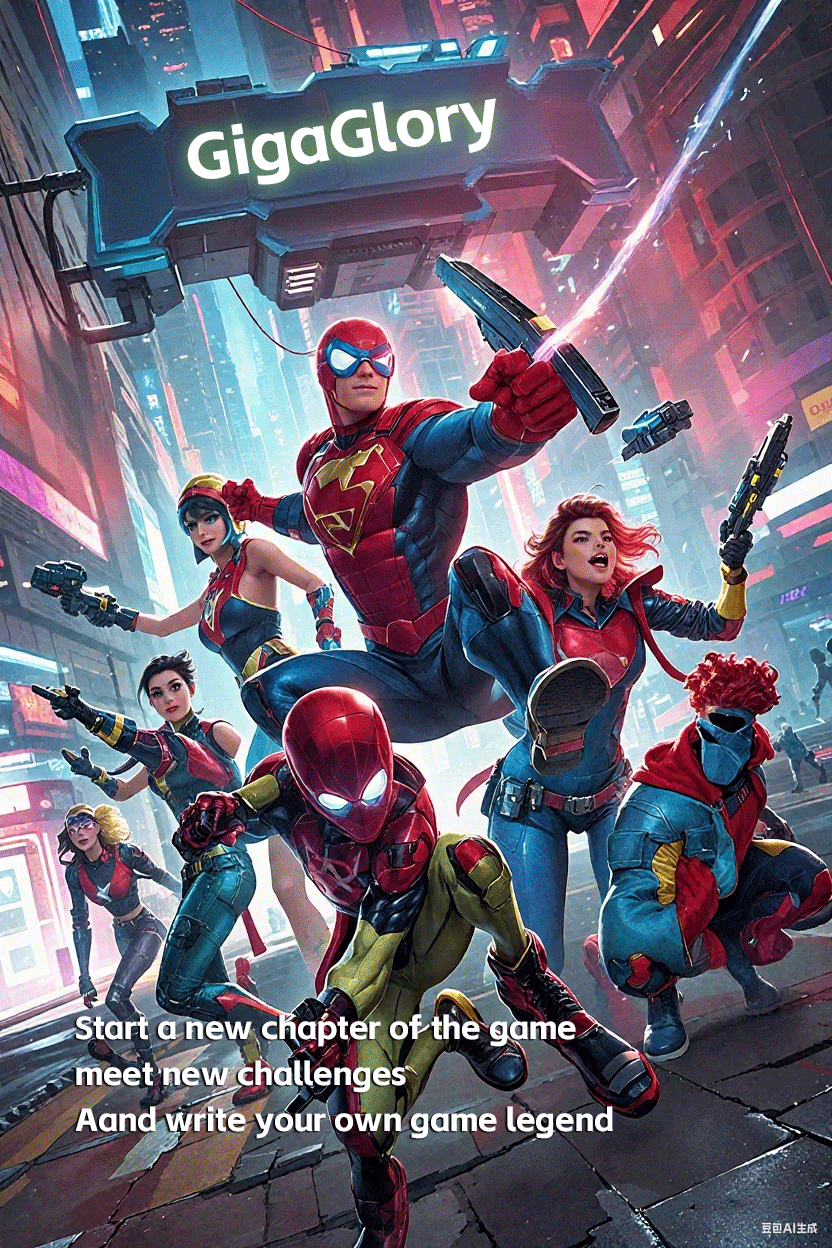Why Casual Indie Games Are Revolutionizing the Gaming Industry Today
Emergence of Casual Indie Games
In a world where gaming has transformed into a multi-billion dollar industry, one particular genre has quietly yet robustly changed the landscape: casual indie games. These titles, often born from smaller studios or individual developers, are captivating a vibrant audience across various platforms. Their charm lies in simplicity and accessibility, effortlessly blending entertainment with creativity.
The Allure of Accessibility
Casual indie games have democratized gaming. Anyone with a laptop can enjoy them without owning a high-end gaming rig. This accessibility has birthed a vast user base, especially strong in regions like Taiwan, where mobile and PC gaming flourish. Titles like “Stardew Valley” and “Undertale” have proven that engaging stories don’t need hefty budgets.
Storytelling Beyond Boundaries
Many of the best story games pc free of the past decade belong to the casual indie realm. Through their narratives, they shed light on diverse themes and experiences often overlooked in mainstream gaming. This focus on storytelling bridges cultural gaps, inviting players to empathize with characters and situations vastly different from their own.
Community-Centric Development
Unlike traditional studios, indie developers are often in tune with their audience. Feedback is actively sought, creating a narrative that resonates deeply with gamers. This community-centric approach not only fosters a loyal fanbase but also leads to continuous improvement and innovation. It’s a cycle of feedback and creativity, where players are also contributors.
The Rise of Zany Concepts
Who would’ve thought a cozy farming game could be a smash hit? Yet, casual indie games are embracing zany concepts like “Goat Simulator” or “Murder by Numbers” that challenge conventional gameplay norms. These ideas often stem from genuine passion, showcasing that fun can arise from unexpected sources, hitting the sweet spot of creativity.
Innovation at its Core
Indie developers have the freedom to experiment with mechanics and visuals, often creating unique gaming experiences. This spirit of innovation sets casual indie games apart from their AAA counterparts. By playing with game factors, such as player choices and environmental interactions, they redefine the gaming experience.
The Multiplayer Revolution
The social aspect of gaming is essential. Casual indie games often incorporate multiplayer features that allow friends to bond over their shared experiences—be it cooperative gameplay or friendly competition. Games like “Among Us” and “Fall Guys” emphasize collaboration and fun, fostering connections in this digital age.
Embracing Diverse Themes
- Representation of various cultures
- Exploration of mental health
- Challenging gender norms
These themes offer a refreshing take on gaming, allowing players to explore their identities and understand others on a profound level.
Competitive Spirit: Indie’s Take
With rocketing popularity, casual indie games are stepping into the esports arena. Titles like “Cuphead” and “Super Meat Boy” challenge skill and strategy. Their breathtaking design and design help them stand out in competitive multiplayer settings, drawing in players who can appreciate both casual and competitive elements.
Your Gateway to Adventure: Zombie Survival Games Online
Picture playing a zombie survival game online—will you be the hero or the last survivor? This sub-genre is thriving, with games immersing players into high-stakes scenarios where teamwork and strategy echo throughout each session. Casual indie developers are crafting experiences in this niche that promise adrenaline and creativity.
Unobtrusive Monetization
While AAA titles often lock content behind paywalls, casual indie games typically focus on fair monetization. Many are released with a one-time purchase or even for free, with optional cosmetic purchases. This approach alleviates the pay-to-win model, enhancing player satisfaction through trust and transparency.
The Cultural Impact of Indie Games
Casual indie games have sparked a cultural revolution, influencing art, music, and social media. Memes originating from games like “Doki Doki Literature Club!” have become a part of the online zeitgeist. They’ve created new tomorrows for creators, illustrators, and musicians, showcasing the synchronicity between gaming and creativity.
Table of Popular Casual Indie Games
| Game Title | Platform | Year Released | Genre |
|---|---|---|---|
| Stardew Valley | PC, Mobile | 2016 | Simulation |
| Undertale | PC, Console | 2015 | Role-playing |
| Celeste | PC, Console | 2018 | Platformer |
FAQs
What defines a casual indie game?
Casual indie games are characterized by their accessibility, often featuring simple controls and short play sessions that prioritize fun and exploration rather than complex mechanics or competitive pressure.
Are there free casual indie games available?
Absolutely. Many indie developers release their games for free, supported by donations or optional in-game purchases to ensure a broad audience can enjoy their creations.
How do indie games compare to mainstream games?
Indie games often focus on creativity and storytelling, while mainstream games might prioritize graphics and production value. Both have their merits, but indie games connect with players through personal narratives and unique gameplay.
Conclusion
As we stand on the cusp of a new era in gaming, casual indie games emerge as a transformative force within the industry. They merge creativity, accessibility, and community engagement, offering players experiences that are not only entertaining but meaningful. Whether it’s a journey through a zombie-infested world or an emotional narrative that strikes a chord, the realm of casual indie gaming invites everyone to play—and therein lies its revolutionary beauty.



